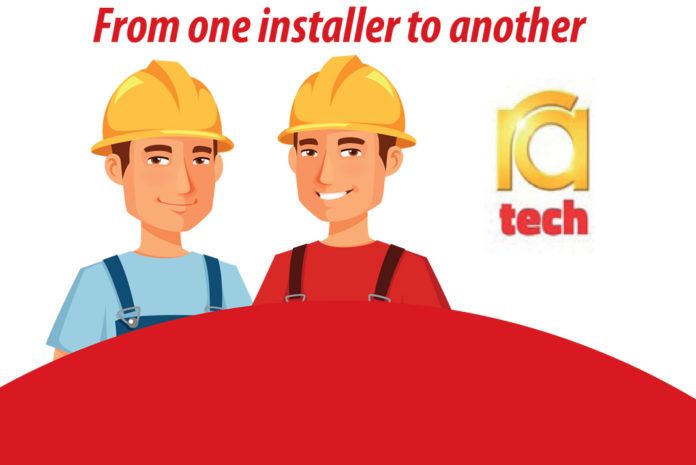
To G3 or not to G3; that is the question
There are many misconceptions about what is, or should be, involved to safely discharge relief valve water from an unvented system, be it boiler or water heater.
One of the many frequently asked questions around the topic is; ‘can I compliantly discharge a boiler pressure relief into an internal waste pipe and if I do, how should I do it?’
The simple answer to the first part of this question is yes. The most recent Installer Guide to condensate discharge pipe installation from the Heating and Hotwater Industry Council, issued in October 2018, refers to the connecting the relief valve discharge, or condensate, to an internal “gravity discharge point” such as an internal soil stack as the preferred method.
This is a widely accepted method for unvented cylinders, in fact it was whilst on the tools at an office which needed their lowly coffee machine kettle swapped out for a water heater & tea point where I started the journey to developing our own combined tundish and dry-trap for just this purpose. But it is also quickly becoming the method for boilers also. Installers have a number of tundishes, dry traps and pumps at their disposal to get the job done to water regulations.
It’s the second part of the question where the water can seem a little murkier, ‘…how should I do it?’
The trouble is, unlike G3 guidance for unvented cylinders, there is no comparable guidance for running a boiler pressure relief valve internally into a waste pipe or soil stack. And where the boiler installer is left with very little industry recognised direction, they apply the only guidance they do have; G3 guidance.
While the different components in boilers and unvented cylinders mean that the hot water discharged from the relief valve has slightly different characteristics, if an installer follows G3 guidance for a boiler install they will have followed what is seen as the best practice approach.
As installers, we all know that there is often more than one way to crack a nut and meeting regulations is no different, even when there is industry accepted guidance. Ultimately it is just that, guidance. Interestingly, as G3 guidance points out, merely following it is not a guarantee of compliance and some installs just seem to have more foibles than others but regardless, it is always going to be your best place to start.
So, to our title question; to G3 or not to G3?
We say best practice is best but knowing why you are doing something is never wasted information. RA Tech are the inventors of the dry tap turndish visit www.hotun.co.uk to find out more or follow @RAtechUKLtd on Twitter
